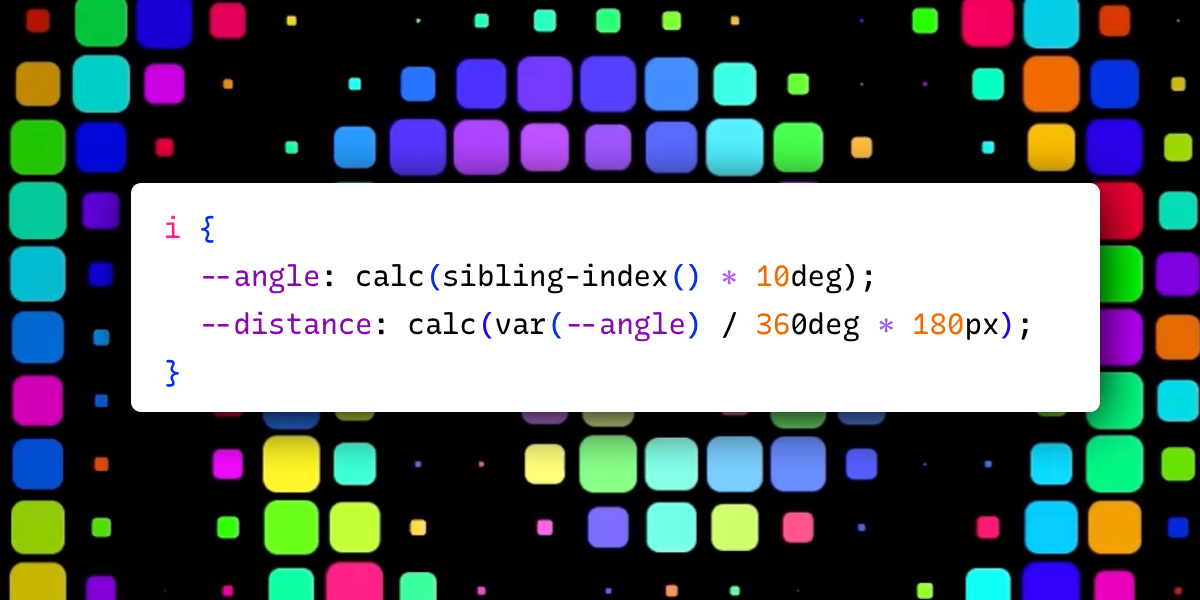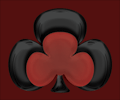CSS typed arithmetic is revolutionizing the way web developers approach CSS mathematics, enabling dynamic relationships between different CSS properties that were previously difficult to achieve. With this powerful feature, designers can engage in complex computations directly within their stylesheets, enhancing CSS custom properties and improving responsiveness in their designs. Typed arithmetic not only simplifies animations but also offers a greater degree of precision for modern web design techniques, allowing elements to adapt fluidly based on various factors, such as viewport size. As we explore this innovative functionality, it’s clear that CSS typed arithmetic opens doors to new creative possibilities and enhances the overall user experience. Buckle up as we delve deeper into how this tool can transform your approach to responsive CSS and animations!
In the realm of CSS design, the concept of typed arithmetic introduces an exciting approach to CSS mathematics, allowing for more sophisticated calculations directly within stylesheets. This innovative method facilitates an enhanced integration of variables and custom properties, improving how animations and overall designs interact. By employing responsive calculations, developers can create web elements that dynamically adjust based on their environment, promoting seamless user experiences. As we uncover the implications of typed arithmetic, we see an evolution in modern web design techniques that empower creators to produce visually engaging and adaptive interfaces. The world of CSS is expanding, and it’s time to embrace these advancements for a transformative design process!

The Excitement of CSS Typed Arithmetic
CSS typed arithmetic is not just a new feature; it’s a revolutionary step forward for web designers and developers. By introducing the possibility of mathematical operations within CSS properties, it opens up an entirely new realm of layout possibilities and animation dynamics that weren’t feasible before. Just think about how much easier it is to create responsive designs and intricate animations without the need for JavaScript hacks.
The first time I incorporated typed arithmetic into an animation, I was genuinely thrilled. Watching previously static elements transform with fluidity and precision was exhilarating. The ability to perform calculations directly within CSS means designers can create more engaging and adaptable user interfaces, marking the dawn of a new era in how we approach styling.
Browser Support Limitations
Despite its exciting potential, it’s important to recognize that CSS typed arithmetic is still in its infancy regarding browser support. As I write this, many browsers are just beginning to adopt this feature, resulting in an experimental phase where only a portion of users may experience its benefits in real-time. It feels crucial to provide alternative content for those still using browsers without support.
For those interested in staying updated on the feature’s availability, websites like MDN Web Docs and Can I use offer comprehensive resources. They highlight the latest support status and ensure every developer knows how to prepare their designs for broader compatibility as adoption increases.
Understanding Data Types
Grasping the concept of types in CSS is essential for effective use of typed arithmetic. Imagine it like handling data in programming. Each CSS value is imbued with a specific type, shaping how it interacts with functions and properties. For instance, metrics for opacity are expressed as plain numbers, while dimensions are typically associated with length units like pixels or rems.
Moreover, understanding that not all CSS types can be subjected to arithmetic is crucial. Types such as colors or strings thwart mathematical operations. Thus, when leveraging typed arithmetic, it’s vital to engage with those calculable types — such as lengths, numbers, and angles — to ensure meaningful results.
The Rules of Engagement
Every new feature comes with rules, and typed arithmetic is no different. When adding or subtracting values, it’s essential to remain consistent with data types. For example, combining a length with a degree in a calculation will yield errors. However, mixing units within the same type is perfectly acceptable, providing flexibility in how we design elements.
Multiplication and division introduce other layers of complexity. You can only multiply a typed value with a unitless number, while division enforces stricter rules on varying data types. Gradually, we learn to wield these rules, turning them into tools for creating intricate designs that dance across our screens.
Transitioning Between Types
The real magic of CSS typed arithmetic lies in its ability to elegantly transition between types. By converting a unitless number to an angle, and subsequently back to a length, designers can craft interfaces that respond dynamically to user interaction. This capability makes designs far more fluid than ever imagined before.
For instance, calculating an angle based on a container’s dimensions could yield surprising results. Designers can manipulate shapes and dimensions to create unique visual experiences without writing lengthy JavaScript functions. This shift not only streamlines workflows but also gives rise to a new aesthetic in web design.
Dynamic Calculations and Real-Time Adjustments
One of the most enthralling aspects of typed arithmetic is its capacity for real-time calculations. As elements are resized or adjusted, their styles can update live through CSS alone. Imagine dragging an element’s corner and watching the color shift seamlessly based on width. There’s a delightful magic in such interactions that enhances user experience.
These real-time dynamic adjustments pave the way for stronger visuals while maintaining performance. By eliminating reliance on scripts for basic transformations, CSS solidifies its status as a powerful styling solution capable of handling complex designs autonomously.
Chaining Conversions
Envision chaining conversions among data types: first subtracting a length, then transforming it into a number, followed by an angle, and back into a new length. Though it seems complicated, the versatility offered can lead to visually rich implementations. This opens the door to creativity, enabling developers to play with data in ways previously restricted only to complex JavaScript.
With such operations, designers are free to innovate, styling elements in unprecedented fashion. It’s this encouragement of creativity, facilitated by CSS, that continues to redefine what’s possible on the web, all through native capabilities.
The Dawn of Computational CSS
As we approach the conclusion, it’s essential to appreciate just how transformative typed arithmetic is for CSS. The merging of mathematical operations with design principles fosters an environment where static styles evolve into dynamic entities. This transition extends beyond visual aesthetics; it represents a foundational overhaul in how developers think about styles.
Moving forward, we should no longer see CSS merely as a way to declare properties. Instead, we should embrace it as a robust system capable of creating intricate, responsive designs that adapt naturally to their environments without dependency on JavaScript workarounds.
An Exciting Future Awaits
The journey of CSS typed arithmetic is still in its early stages, but the possibilities it presents are boundless. Incorporating features such as scroll-driven animations or even generative art could reshape the digital landscape in unimaginable ways. As developers, we should eagerly anticipate the innovations this new chapter in CSS promises.
With native CSS math, the barriers separating complex interactions and simplistic styling dissipate. Moving forward, our designs can leverage a new depth of creativity, free from reliance on external scripts. The future of dynamic, computational CSS is promising, inviting designers to rethink and reimagine their approach to the web.
Conclusion on the Impact of CSS Typed Arithmetic
In conclusion, CSS typed arithmetic is revolutionizing the way we approach styling and animation in web development. By enabling mathematical operations across different CSS data types, developers are no longer constrained to static styles or simplistic calculations, but rather empowered to create dynamic and responsive designs. This newfound capability allows for a seamless integration of various properties, leading to innovative layouts and animations that react to changing conditions in real-time.
Moreover, as browser support for these features continues to improve, we can expect a dramatic shift in the tools at our disposal. With the power of typed arithmetic, we can envision a future where CSS not only describes how elements should appear, but also how they interact and respond to one another. The possibilities are truly exhilarating, marking the beginning of a new era shaped by Computational CSS in which creativity and technical precision unite.
Future Possibilities and Innovations
Looking ahead, the implications of CSS typed arithmetic extend far beyond simple layout adjustments and animations. As developers begin to explore the integration of these techniques with newer CSS features, such as scroll-driven animations and view transitions, we are bound to discover even more compelling applications. This opens up avenues for intricate data visualizations, responsive art, and user interfaces that adapt fluidly to user interactions, weaving a richer and more engaging web experience.
To harness the full potential of CSS typed arithmetic, developers must embrace a mindset shift—viewing CSS not just as a styling language, but as a computational tool capable of expressing complex relationships. As we continue to experiment and innovate, the future of web design promises to be dynamic and exciting, with CSS empowering creators to craft experiences previously thought to be the domain of JavaScript alone. This evolving landscape invites all developers to unleash their creativity, pushing the boundaries of what is possible with CSS.















